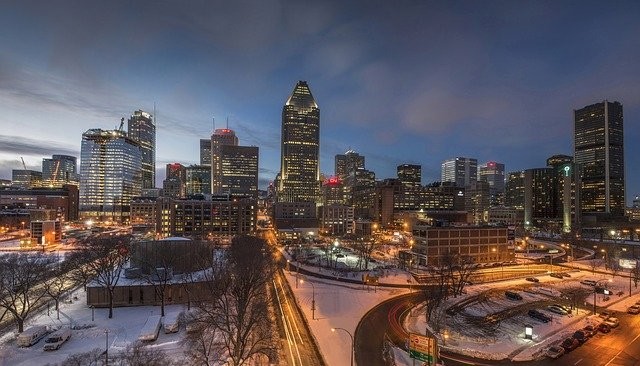
Winter and the new year are slowly but surely approaching, meaning it’s once again time to start thinking about the changes you want to make in the coming year. Personal resolutions aside, it might be a good idea to take a look at what changes can be made to your organization to make it more efficient and profitable. If you haven’t already committed to off-site construction, that might be worth adding to your list. Here’s why:
Traditional construction has three characteristics that distinguish it from other production industries, and which all contribute to inefficiencies in the process: The goods (i.e. buildings) are site-produced, they are unique every time, and the industry employs temporary teams. But all of these characteristics can be either eliminated or amended with off-site construction to make the construction process more efficient.
Site-produced goods
When buildings are produced on-site, they are subject to the elements, as well as to theft. With off-site construction, the controlled construction environment of the factory reduces those risks, allowing for more efficient use of materials and year-round construction.
Unique products
Creating a unique structure every time is labor- and time-intensive. Pre-fabrication’s factory-style production allows for the process within the factory to be exactly the same each time, and speeds construction time on the construction site itself, resulting in lower labor costs. This also ensures precise conformity to building code standards and greater quality assurance. At the same time, computerization of the production process permits a high degree of customization, at an affordable cost.
Temporary teams
Traditionally, people working in the construction industry do not consistently use the same teams on their projects. They often work with a different combination of engineers, contractors, and subcontractors on every project. By controlling the workflow and the product, modular production is better suited to keeping teams intact, which allows for cohesiveness and efficiency among team members.
Vertex BD is a flexible building design software that automates the creation of architectural drawing sets, panel fabrication drawings, material reports, renderings and manufacturing data, all from one building model. Learn more at www.vertexcad.com/bd.


Recent Comments